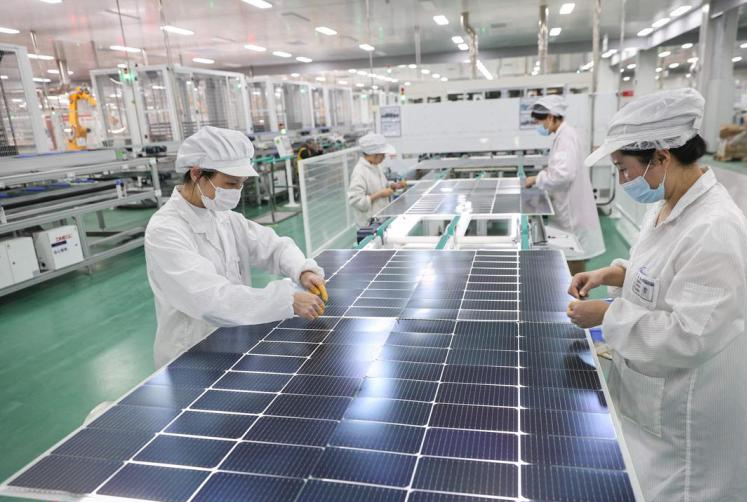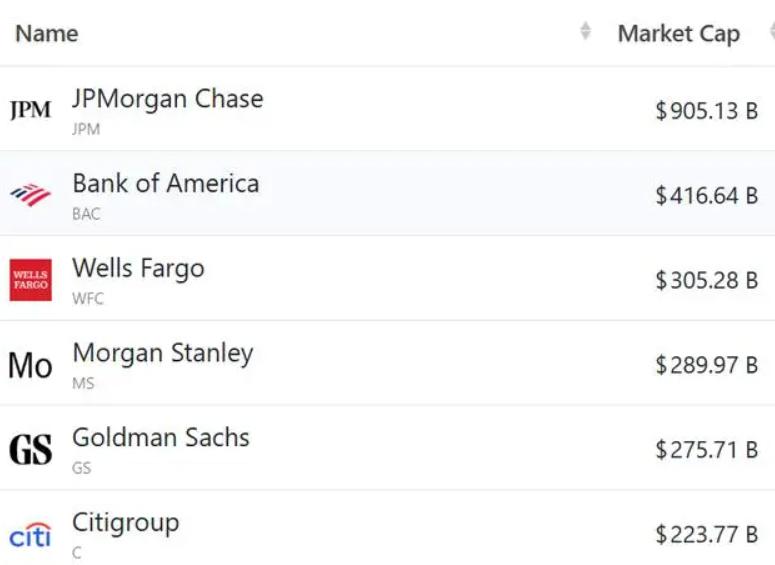
Hanoi (Reuters) - Vietnam's largest Chinese-owned solar panel factory is cutting production and laying off workers after the United States raised tariffs on solar panels from Vietnam, Thailand, Malaysia and Cambodia. Several Chinese-owned solar panel manufacturers have also moved to Indonesia and Laos to set up factories.
Washington imposed tariffs on solar exports from the four Southeast Asian countries last year and expanded the levies in October after complaints from U.S. manufacturers. The latest round of US tariffs has resulted in total tariffs of more than 300% for some producers, and the most obvious impact is on Vietnam's solar industry.
In Vietnam's Bac Giang province, hundreds of people have lost their jobs this year at a large factory owned by Vinasolar, a subsidiary of Chinese company Longi Green Energy, according to two employees familiar with the matter. One of the employees said that only one of the nine production lines in the factory was still in use.
Trina Solar, a Chinese company, has shut down one of its two solar panel factories in Vietnam's Thai Nguyen province.
Neither Longi Green nor Trina responded to queries from Reuters.
According to U.S. solar panel import data, solar panels from Vietnam were still up nearly 74 percent through August, but industry analysts attributed the increase to companies rushing to ship ahead of U.S. tariffs this year.
In contrast, Indonesia's solar panel exports to the United States nearly doubled to $246 million in the year to August 2024.
Data on Laos' exports of solar equipment to the United States were not available for the first eight months of last year, but by August of this year, exports had reached about $48 million.
According to Reuters, at least four solar panel projects by or linked to Chinese companies have started operations in Indonesia and Laos in the past 18 months, and two more projects have been announced.
American think tank: A massive game of cat and mouse
"It's a massive cat-and-mouse game," said Mark Reinsch, a former U.S. government trade official who is now a senior adviser at the Center for Strategic and International Studies. It's not hard to move, and then you can build the factory again and start the game all over again. With this rule design, the U.S. is always one step behind."
Eighty percent of the world's solar panels come from China, with most of the rest coming from Chinese factories in other Asian countries, according to SPV, a market research firm. This is in stark contrast to 20 years ago, when the US was the global leader in the industry.
Since Washington began imposing tariffs on Chinese panels in 2012, US imports of solar panels have tripled, reaching a record $15 billion last year. While almost none of the solar panels the United States will import in 2023 will come from China, about 80 percent will come from Vietnam, Thailand, Malaysia and Cambodia, all countries where Chinese companies have factories.
U.S. solar panel makers have repeatedly complained that they cannot compete with cheap Chinese products and have accused Chinese manufacturers of unfairly subsidizing their products from the Chinese government and the countries where they operate. But Chinese companies counter that their price competitiveness stems from technological advantages.
To shore up local supply chains, Republican and Democratic lawmakers have backed higher tariffs on Chinese solar products, as well as incentives to lure producers to the United States. According to statistics, the number of solar equipment manufacturing plants built by Chinese enterprises in the United States is also surging.
According to the analysis, the annual solar panel capacity of Chinese enterprises in the United States in the next year will reach at least 20 gigawatts, enough to meet about half of the U.S. market demand.

Driven by the Trump administration's push to relax financial regulations and the recovery of investment banking business, the market value of the six major banks in the United States has cumulatively increased by approximately 600 billion US dollars by 2025.
Driven by the Trump administration's push to relax financia…
On Christmas evening, U.S. President Trump posted on social…
According to multiple foreign media reports, the recent fin…
The middle class, once regarded as the cornerstone of Ameri…
On December 19th local time, the US military launched a lar…
The Boxing Day sunshine should have cast a false glow of pr…